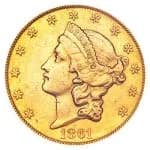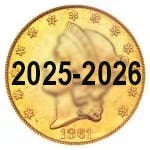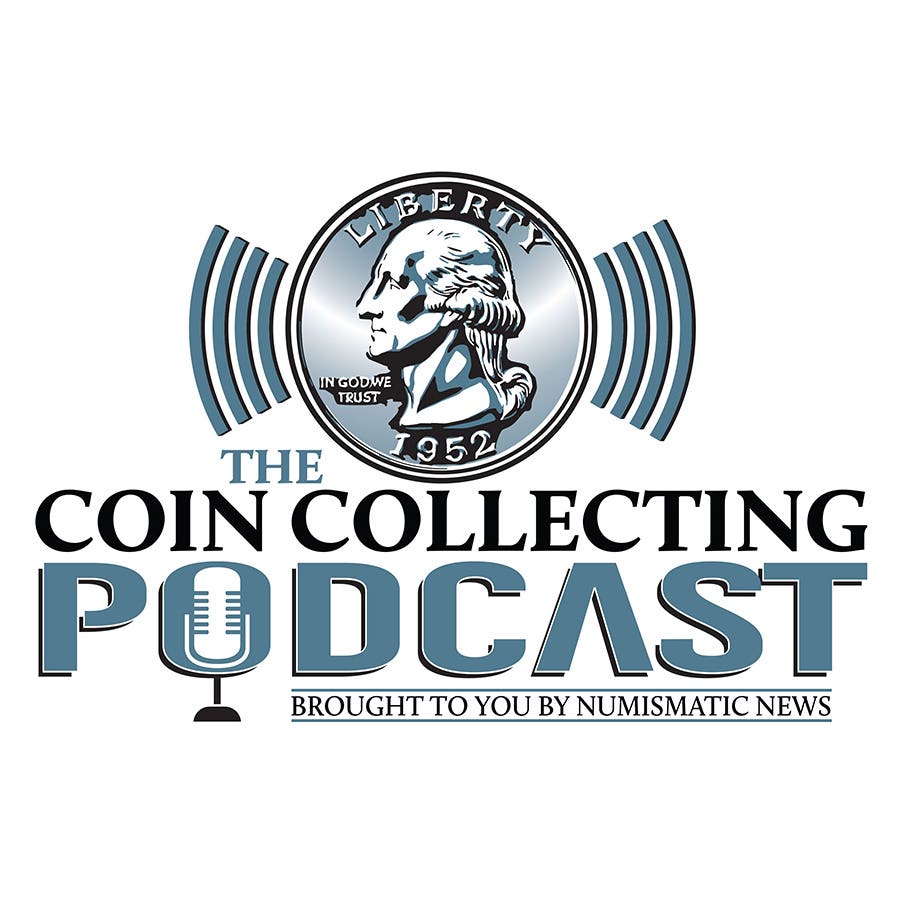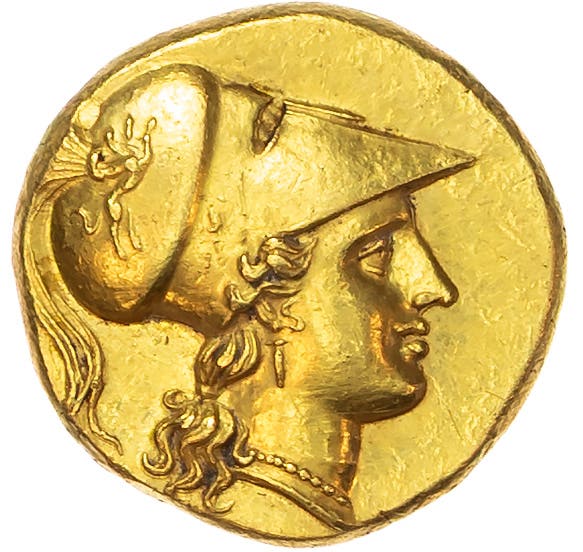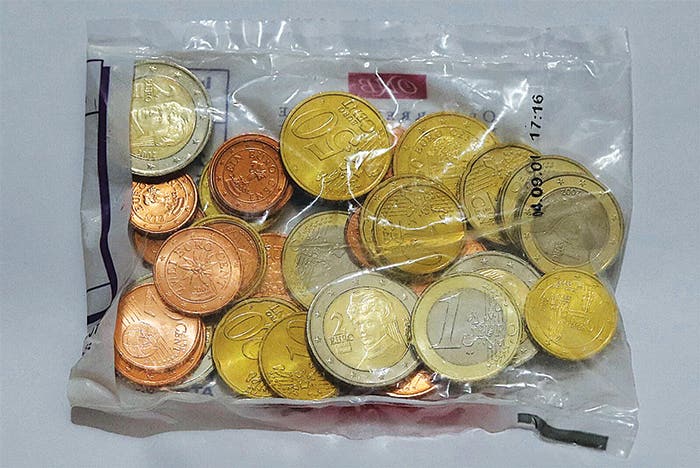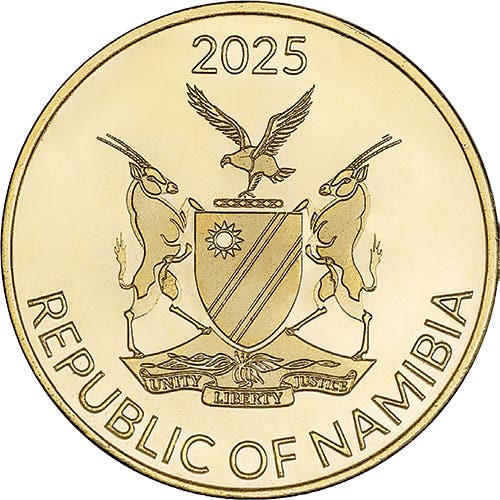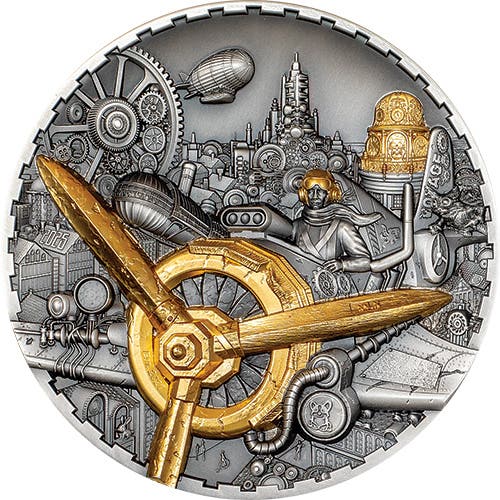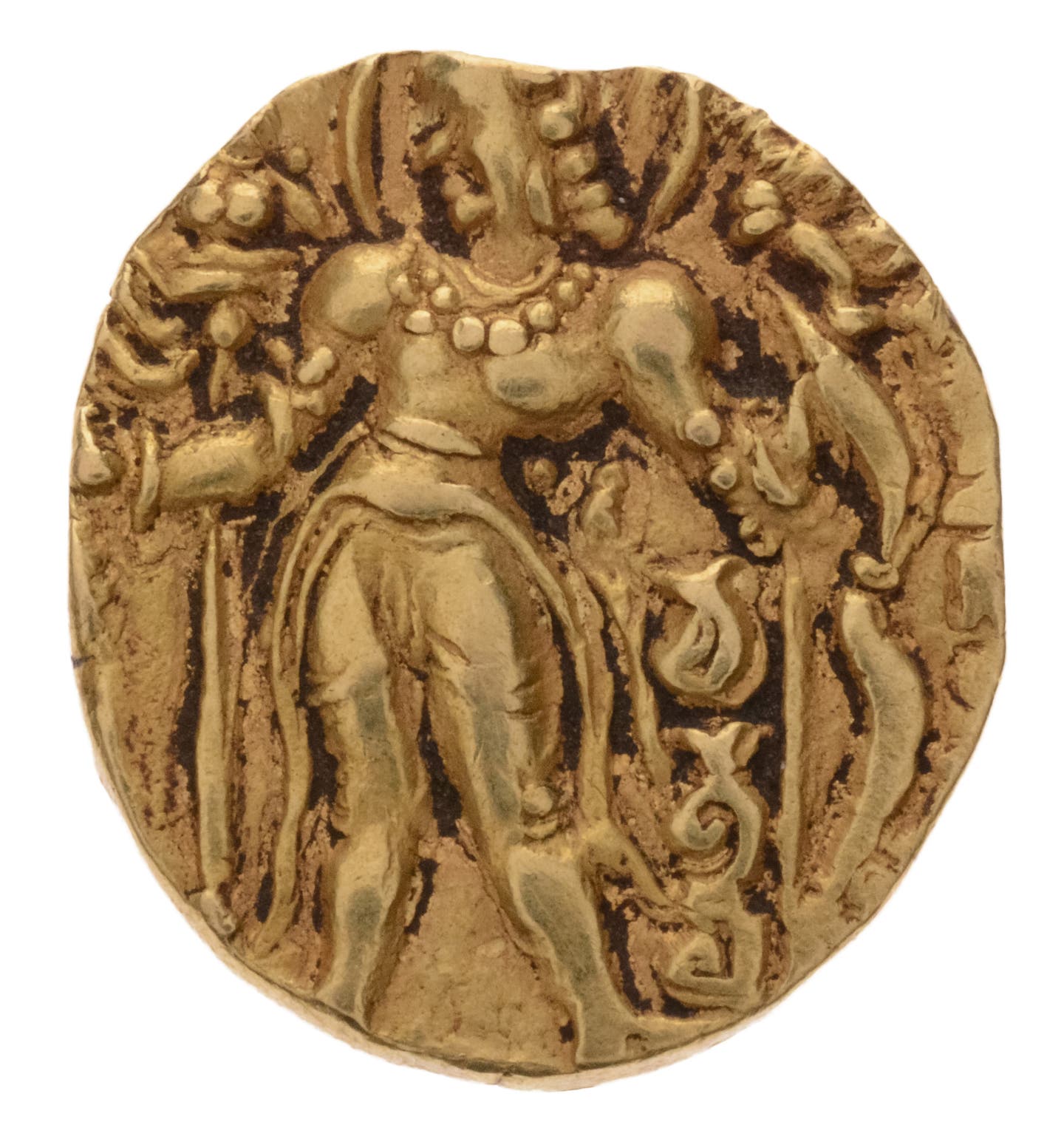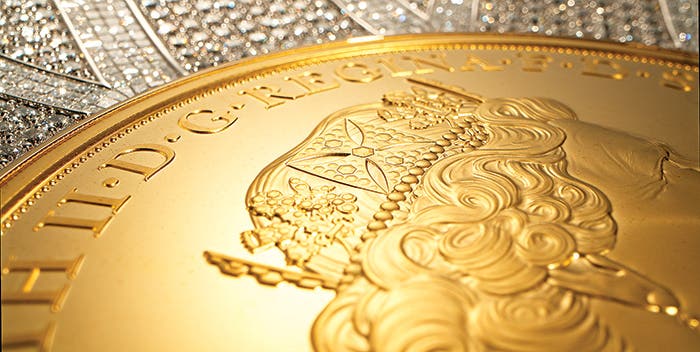The Ibero-American Coins Series: Part 1
Part I of the Ibero-American Coins Series explores an example of international cooperation in numismatics.
Unless noted, all photographs are courtesy of the author.
In 1988, a collection of Latin American countries, together with Spain and Portugal, embarked on an unprecedented numismatic project. Spain conceived the initiative to celebrate the 500th anniversary of America’s discovery (1492–1992).
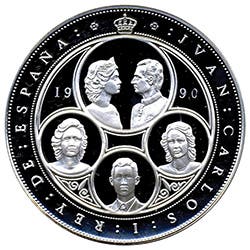
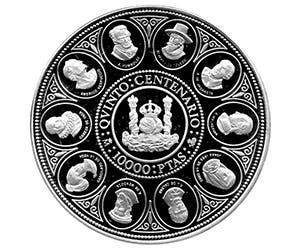
The former denomination was soon changed to the theme, “Two Worlds Meet” due to objections to the word “discovery” by some Latin American nations. In their opinion, the term obviated the fact that long-standing civilizations with rich histories already existed in these territories prior to the arrival of Spanish colonizers.
An order signed on March 21, 1989, by the Spanish Ministry of Economy provided a legal framework for the coin program. The proposal was agreed upon by the leaders of the nations attending the First Ibero-American Summit held in Guadalajara, México, on July 18–19, 1991. These high-level meetings between heads of government and states of the contracting countries are still held regularly. They constitute an important discussion forum that allows these nations to advance in common political, economic, and cultural aspects.
Before the launch of the coin program, Spain produced a silver medal in 1990 celebrating the fifth centennial of America’s discovery. Due to the abovementioned reasons, it is not considered to belong to the series. The obverse displays the likeness of Spain’s Royal family, while the reverse exhibits the busts of ten Ibero-American intellectuals.
The Ibero-American states agreed to launch a thematic coin series every two years called the “Ibero-American” series, which Spain’s Royal Mint would coordinate. Each coin series would be devoted to a particular topic of common interest among the nations involved in the program. The tight deadlines of these series have hardly ever been met.
After agreeing on the theme, each participating state would issue one coin with an obverse dedicated to the chosen topic, and the nations would be free to choose the composition. All coins of each series have a common reverse displaying the coat of arms of the issuing country surrounded by those of the other nations. The latter are arranged clockwise in Spanish alphabetical order.
For the first time in numismatic history, the sovereign nations agreed to include the coats of arms of other countries in their legal currency. Additionally, each coin would display the face value expressed in the issuing country’s respective currency. In principle, each country could strike its own coin. In practice, however, countries like Spain or México have often struck the other nations’ pieces based on the designs elaborated by them.
It was also agreed that the coins would be minted in proof condition and share the same specifications regarding composition, weight, and diameter. They were struck in 0.925 silver, weighed 27 grams, and had a diameter of 40 millimeters. The latter were the parameters of the ancient 8-real Spanish colonial coin that once widely circulated in these territories and was struck on both sides of the Atlantic Ocean.
The first “Ibero-American” series was produced in 1991 and consisted of 14 coins, each issued by one of the participating states. While all coins exhibit the year 1991, the Mexican pieces were struck in two consecutive years: 1991 (30,000 coins) and 1992 (20,000 coins). The series was only released in 1992 to coincide with the 500th anniversary of Columbus’s first voyage.
The success of the first series prompted the organizers to continue.
However, the number of participating countries in the following series slightly declined, and only four nations (Nicaragua, Peru, Portugal, and Spain) have participated in all 13 series issued. Interestingly, not all Ibero-American countries have joined the coin program, most notably Costa Rica, El Salvador, Honduras, Dominican Republic, and Panama, while Venezuela and Colombia only participated in the first series.
The second “Ibero-American” series was issued in 1994 and was devoted to raising awareness for endangered native animals. Each of the ten participating countries struck a coin depicting a protected animal species threatened by extinction. Interestingly, the common reverse of the series displays 11 coats of arms, including those of Colombia. The country withdrew from the project once the reverse had been approved by the remaining participating states and did not mint the series. While all coins were struck with the technical details referred to above (27 grams, 40 millimeters, proof), Portugal additionally produced a variety using 0.500 silver that was identical to the official one.
Spain’s Royal Mint also struck a medal as part of this second series. The medal was produced using the same silver alloy and module as the coins and displays a similar reverse of the participating nations’ national arms. Spain followed this practice in most of the series minted afterward.
The obverse of the 1994 medal carried the name of the coin series and was surrounded by a composition that would change when tilted. It would either show two columns emerging from the sea in reference to the Pillars of Hercules, a symbol of the Strait of Gibraltar that is in Spain’s coat of arms, or a map of America and Spain. Given that the medal was struck later than the coins (between 1994 and 1995), Colombia’s coat of arms was removed from its reverse and only displays those of the ten participating countries.
The third “Ibero-American” series was launched in 1997 and included coins from 12 countries whose coats of arms are on the reverse. The coins were dedicated to Ibero-American dances and costumes in the participating states.
All coins followed the stipulated specifications. Like in the preceding series, Portugal produced an additional coin made of 0.500 silver, otherwise identical to the official version. While all coins exhibit the year 1997, México’s were struck in two consecutive years: 1997 (8,011 pieces) and 1998 (3,000 pieces). Spain also struck a medal belonging to the series. The reverse was like that used in the coins, and the obverse displayed dancing characters surrounded by the year of strike and the series name.
Further modifications were introduced in the third series. From now on, the coat of arms of the issuing country would be displayed twice on the reverse: once in the central position and with the others surrounding the former.
The following series was “The Man and His Horse.” The theme highlighted the omnipresence of this animal in various aspects of everyday life in these countries. Eleven nations participated in this thematic series, whose national arms appeared engraved on the respective reverses. All coins were issued in 2000 except for Ecuador and Nicaragua, which were launched the previous year in 1999.
Navigation was the topic of the fifth “Ibero-American” coin series in 2002. Ten nations issued coins with the same specifications as described. Portugal additionally produced a variety of its official coins made of 0.500 silver. All coins were struck in 2002 except those minted by México and Portugal, which were issued the following year.
Interestingly, while the Ecuadorian sucre had ceased to be legal tender in the country on September 11, 2000, the commemorative coin issued by this country exhibited the nominal value in that currency unit. This situation was repeated in all coins struck by Ecuador for subsequent series.
Spain also struck a dedicated medal in 2002 as part of the series. It commemorated the 10th anniversary of the coin program (1992–2002). Both sides of the medal highlighted the close ties between the nations that once formed the Spanish colonial empire.
The sixth edition of the series was devoted to the architecture and monuments of the ten participating states. It was launched in 2005 and consisted of an equal number of coins with the traditional specifications. Like in previous cases, Portugal also struck a variety of its coins using 0.500 silver. A medal was also included in the set and alluded to the proximity of Spain to the rest of the Ibero-American nations.
Since 2005, this successful program has been expanded with more coin series. These will be discussed in a subsequent article in the August 2025 issue of World Coin News.
You may also like:

